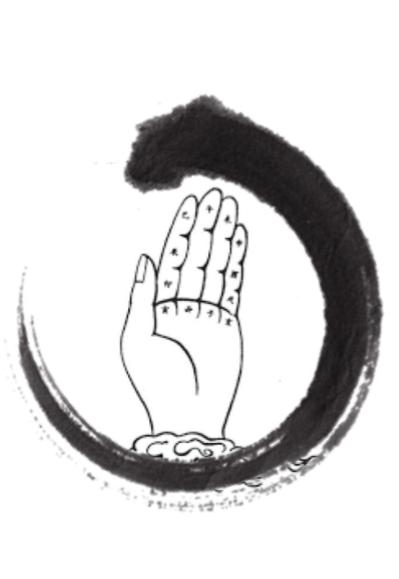Discover the fascinating world of Chinese metaphysics, known as “The Mystery School” (玄學, Xuan Xue). Here, you will explore the foundational principles of ancient Chinese philosophy, including Yin and Yang, the Five Elements, the Tao, and many other intriguing concepts.
Chinese metaphysics is an ancient discipline that delves into the study of the universe and the forces that shape it. It encompasses a variety of practices such as Feng Shui, Chinese astrology, numerology, traditional Chinese medicine, and more. This tradition is rooted in the observation and understanding of natural phenomena, striving for harmony between humanity and the environment. As a holistic approach, Chinese metaphysics considers all aspects of life, aiming to achieve a balance between body, mind, and surroundings. It is both a way of life and a science, offering insights to enhance the quality of life and deepen our understanding of ourselves and the world around us.
THE CONCEPTS OF CHINESE METAPHYSICS
- The 5 arts of Chinese metaphysics: From medicine to divination, these five arts form the cornerstone of traditional Chinese culture.
- Yin Yang: Yin and Yang interact to create a cosmological vision that serves as the foundation for all ancient and classical Chinese thought, philosophy, and metaphysics.
- The 5 Elements – WuXing: This theory views the world as dynamic states or phases in constant flux. It serves as a complementary tool to Yin Yang theory, describing the
- He Tu – the Yellow River map: An ancient diagram of Chinese cosmology linked to Fu Xi, a mythical figure and founder of Chinese civilization.
- Luo Shu – the Luo River Map: This diagram integrates the distribution of Qi with Yin Yang and the Five Elements, relating numbers and directions. While the He Tu represents the “static” world, the Luo Shu symbolizes change over time and space.
- 8 trigrams: Derived from Yin and Yang, these symbols form the basis of the divinatory hexagrams in the I Ching. They represent the growth of Yin and Yang across space and time.
- BaGua of the Earlier Heaven: This cosmological symbol represents the principles of the universe before its creation, devoid of movement, time, or space. It portrays the ideal cosmic order, with trigrams arranged to reflect a perfect balance of primal forces.
- BaGua of the Later Heaven: In contrast, this symbolizes the universe after creation, marked by movement, time, and space. The trigrams here represent the order necessary for practical application.
- 10 Heavenly Stems: These stems help us locate ourselves in time and space. Combined with the Earthly Branches, they create the sexagesimal cycle, essential for marking hours, days, months, and years. They also appear on Chinese compasses, providing detailed insights into directions and their energetic qualities.
- 12 Earthly Branches : An ancient system for measuring time and space, these branches, when combined with the Heavenly Stems, form the sexagesimal cycle. They are also integral to Chinese compasses, ensuring precise measurement of cardinal points.
- The 64 Hexagrams: Formed by combining two trigrams, these hexagrams are central to the I Ching. Each trigram, composed of three lines that are either Yin (broken) or Yang (solid), is paired with another to create the 64 hexagrams, offering profound insights into the forces that shape the universe.

YI JING AND THE 64 HEXAGRAMS
Explore the profound wisdom of the Yi Jing (易经), one of the oldest and most revered texts in Chinese philosophy. The Yi Jing, or “Book of Changes,” is a divinatory tool that uses 64 hexagrams to provide guidance and insight into the natural flow of the universe and our place within it.
- Table of 64 Hexagrams: A quick-reference table for locating any hexagram by its constituent trigrams. This table is an essential tool for students and practitioners, making it easy to navigate the rich complexity of the Yi Jing.
- List of the 64 Hexagrams in English and Chinese: This comprehensive list includes the names of all 64 hexagrams, with translations into English alongside the original Chinese characters. It serves as a bridge between the ancient wisdom of the Yi Jing and modern interpretation.
- Hexagram of the Day / Month / Year: Discover the hexagram that governs each day, month, and year according to the sexagesimal cycle of the Chinese calendar. This ongoing practice helps align your life with the natural rhythms of time, offering daily, monthly, and yearly guidance based on the hexagrams’ interpretations.